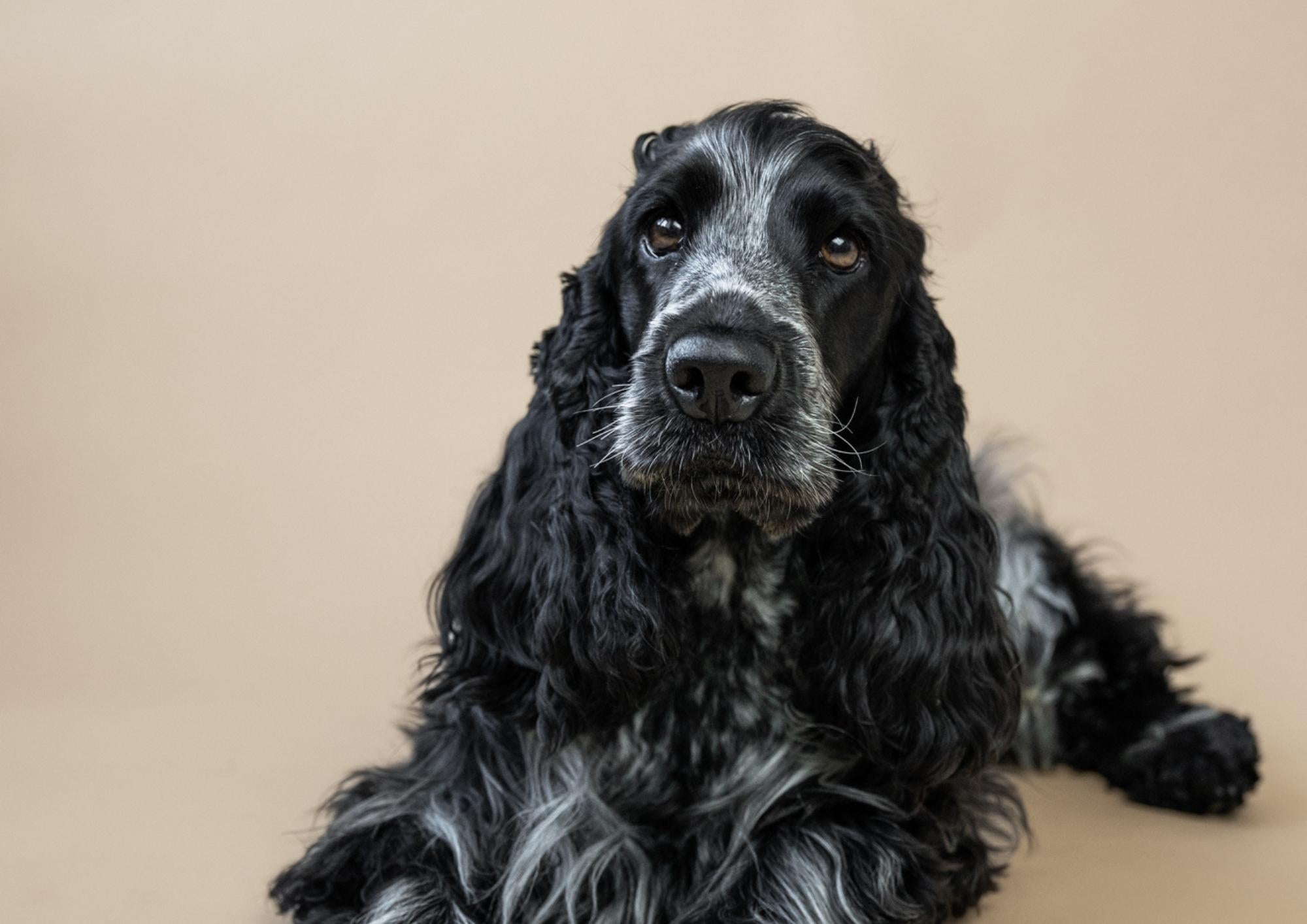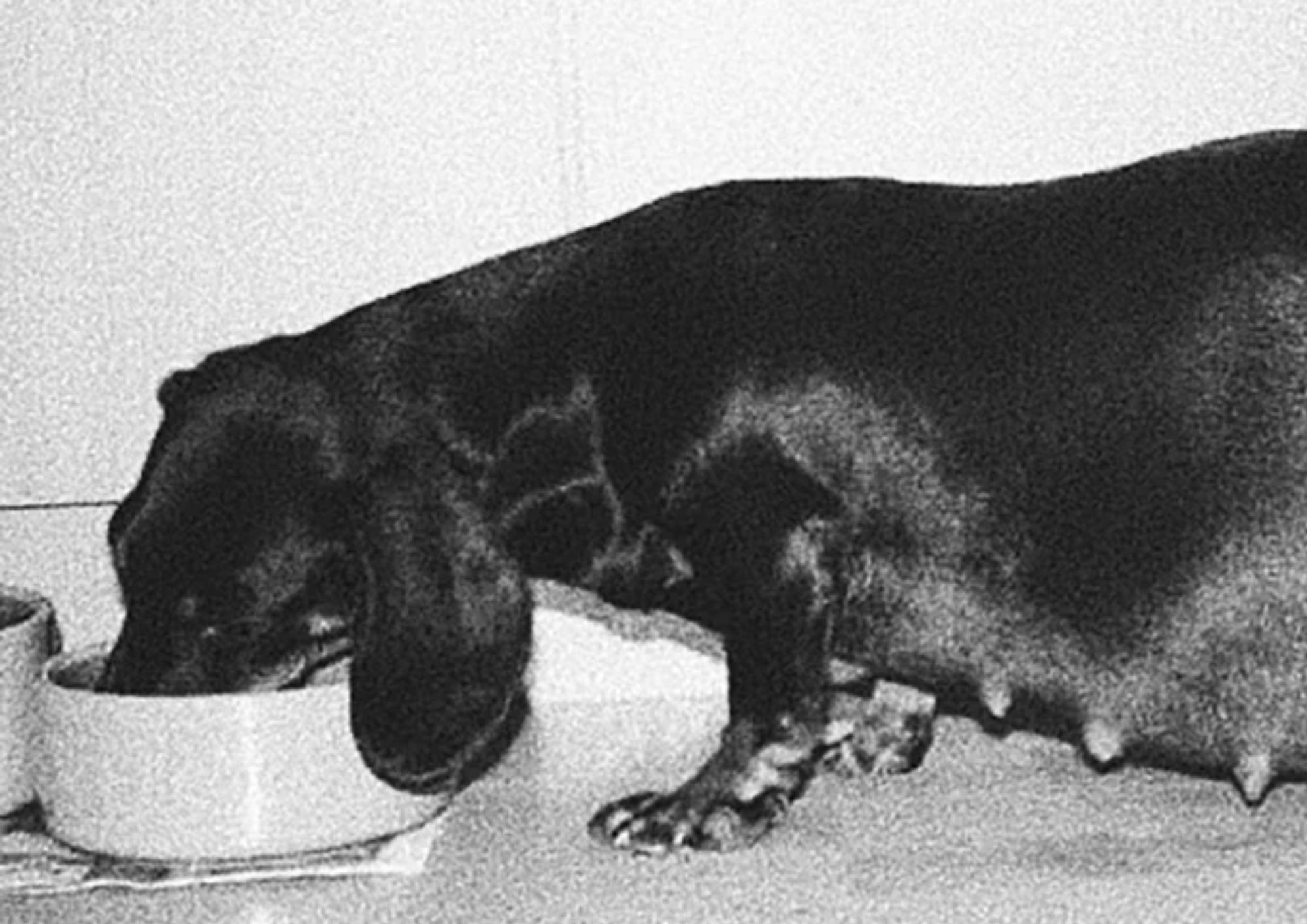Is a new family member joining your pack? Congratulations! Alvar wishes you many fun and happy dog days ahead.
A puppy’s life consists of eating, playing, sleeping, and learning new things. We’ve created this essentials list to help new owners figure out what to get for their puppy. The list includes tips for a sustainable puppy period, ensuring your little paw prints stay light as they arrive at their new home.
Food is the cornerstone of optimal growth
A puppy needs the right food for balanced growth and development. It’s important for your puppy to get enough energy, protein, and other essential nutrients like minerals and vitamins from their food.
Read more about choosing the right nutrition and puppy food here.
Training Treats for Rewarding
A puppy should receive a reward when it behaves correctly, so it understands the behavior the trainer desires. It’s especially important to give the reward at the right time. Training treats work wonderfully as a reward for a little learner when multiple training repetitions are needed. Remember, treats shouldn’t fill the stomach! The portion of treats should not exceed 10% of the dog's daily intake, so they get the right balance of nutrients. In simpler tasks, using kibble set aside from their daily food can suffice.
Ecological Toys for Puppies
Playing is an important method for puppies to learn new skills. Also - new family members need toys to prevent them from causing mischief. BUT! Before rushing out to buy a bunch of new toys, have you considered making a toy for your puppy yourself or buying used?
A puppy doesn’t need an enormous pile of toys—just a few will provide enough fun and stimulation. When buying toys, it's good to check their materials. Toys made from natural and recycled materials are often more durable and safer than plastic ones. Also, consider toys that can be washed in the washing machine.
Chew Bones for Puppies
Chewing is a natural activity for dogs that can easily result in damage to furniture or shoes. It’s important for both small and large chewers to have safe chew toys to help release their energy.
Chewing helps keep teeth in good condition since it cleans and prevents plaque buildup on the teeth. However, brushing the dog’s teeth is the primary way to prevent plaque and tartar formation.
Remember to ensure that chew toys aren’t too hard to avoid tooth damage. Particularly when puppies are teething, avoid giving them very hard chew toys. It’s important to have something to chew on during those teething phases.
Alvar's Hukkapätkä Hirvi is made from Finnish moose hide. In addition to being ethical, moose hide is soft, thin, and durable. These chew toys come in three sizes: as a strip or a small and large roll, so there’s something for every chewer.
Newspapers Instead of Pee Pads
Puppies are rarely house-trained when they arrive at their new home at 7-8 weeks of age. Teaching house training is one of the most important skills you can teach a puppy. Take your puppy outside to do their business as often as possible. If the puppy does its business outside, praise them for their great (and desired) performance!
The road to a house-trained dog requires many cleaning cloths, quick movements, and anticipation since the puppy might do its business inside. That’s why it’s a good idea to protect the floors to keep them in good condition. You don’t have to buy plastic pee pads; good old-fashioned newspapers work just as well as pee pads for your puppy! You can grab free newspapers from recycling bins at trash areas: one person’s trash is another’s treasure. Instead of disposable paper towels or wipes, opt for washable cleaning cloths. This is better for the environment, your wallet, and your floors.
Just like when outside, you can praise the puppy if it uses the newspaper. If there’s an accident, there’s no use in scolding. Accidents happen to everyone, so just clean it up!
Essentials for Outdoor Adventures
For outdoor activities, your puppy will need a suitable leash, collar, and harness if desired. These should be comfortable for the dog and support their natural movement.
When choosing a collar, be sure to consider the adjustability for a longer lifespan. The collar should be soft and wide enough to avoid straining the neck from sudden pulls.
Harnesses are more comfortable for the dog’s body than a collar. They should be snug but not too tight. It’s a good idea to try them on with an expert and choose a version where the pressure from pulling is distributed evenly across the chest. As the puppy grows, the harness might get too small, so consider waiting until the puppy is closer to adult size.
When selecting a leash, consider its lightness and material so that it’s easy to clean and comfortable to hold.
Puppy Bed
Puppies sleep a lot and often look for a quiet, dark place to curl up. Sometimes they’ll surprise you by sleeping right in the middle of the floor. Styles vary.
Before buying an adult dog bed, you might want to try making a comfy bed yourself. You can create a cozy nest for your puppy from an Alvar puppy pack cardboard box and a soft blanket (an old blanket works great). Admittedly, this cardboard box trick isn’t suitable for larger puppies, but the same thinking can be applied!
Safe Traveling with Your Puppy
Traveling with your dog requires some planning. To ensure everyone has a pleasant experience, it’s a good idea to start practicing with your puppy early on.
Instead of driving a private car, we at Alvar recommend using Finland's great public transportation options. You can travel by bus, tram, subway, or train with your dog. The train is a good alternative for long trips, and it’s good to take a quick walk outside during train stops.
For traveling with a dog, consider a safe transport box, car crate, or harness and seatbelt. Make sure to choose one that fits your dog’s adult size to maximize the use.
Whether you choose a box, crate, or something else, your puppy needs to become familiar with it in a calm environment. Place the box on the floor with the door open, add a comforting blanket, and put some chew toys inside to entice the curious puppy. Getting familiar with the transport box beforehand will make traveling a more pleasant experience for your puppy.
Puppy Care Tools
It’s good to teach your puppy to tolerate handling at home. You should get nail clippers, a toothbrush, shampoo, conditioner, and a brush.
When selecting shampoo and conditioner, it’s best to consult with an expert to find an eco-friendly option that suits your dog’s coat and doesn’t contain unnecessary additives. Similarly, when choosing a brush, it’s good to ask your breeder or another expert for advice.
Ensuring Puppy Health
Taking care of your puppy’s health in the first year sets them up for a healthy life. The breeder takes care of the puppy’s initial health check and possible early vaccinations (be sure to confirm this with the breeder!). As an owner, you should take your puppy to the vet at least twice in its first year. The vet will conduct health checks and give necessary vaccinations. Be sure to also keep up with deworming and other parasite treatments.
Puppies are playful, and accidents happen. A dog insurance policy can help cover costs related to accidents or losses, giving you peace of mind. There are various dog insurance options, so it’s worth comparing to find the best fit for your household.
Essential Puppy Supplies—Check!
The key takeaway from Alvar’s sustainable essentials list: Invest in good, high-quality supplies when your puppy arrives at its new home. BUT remember that good and high-quality doesn’t always mean new! What’s most important for your puppy is to provide attention and time, ensuring your little paw steps into a happy and healthy life.
Document your puppy’s journey and share your Alvar experiences with us using the hashtag #alvarpuppybox.
























